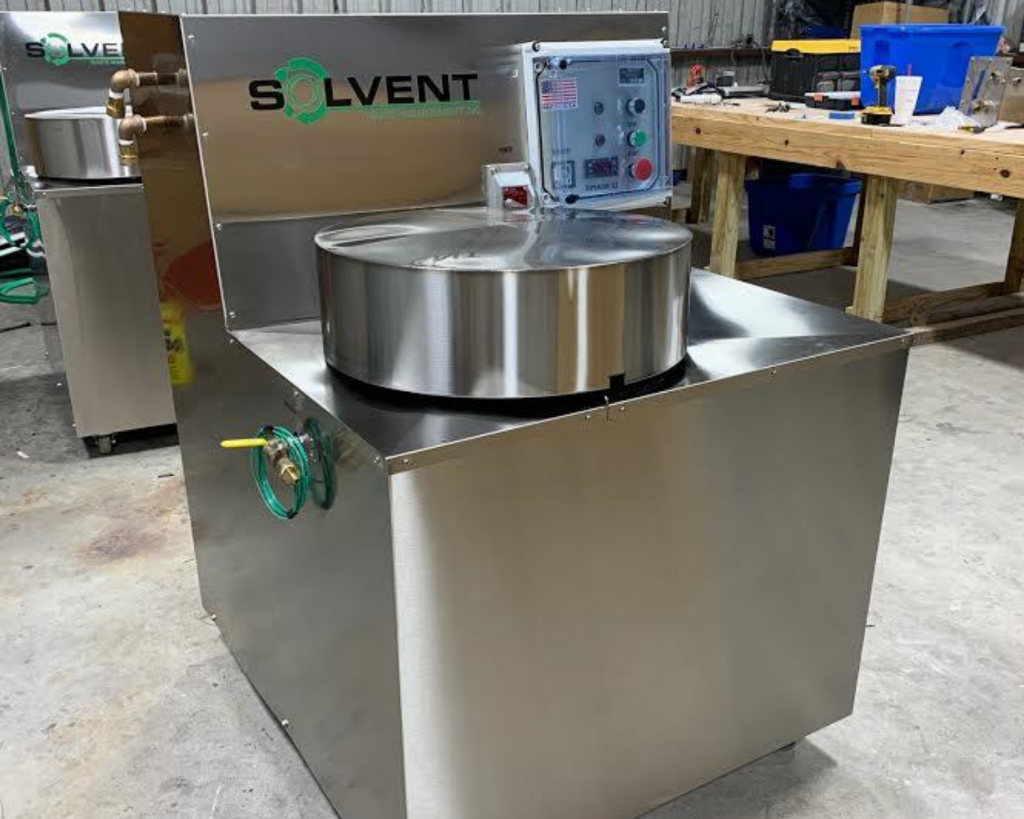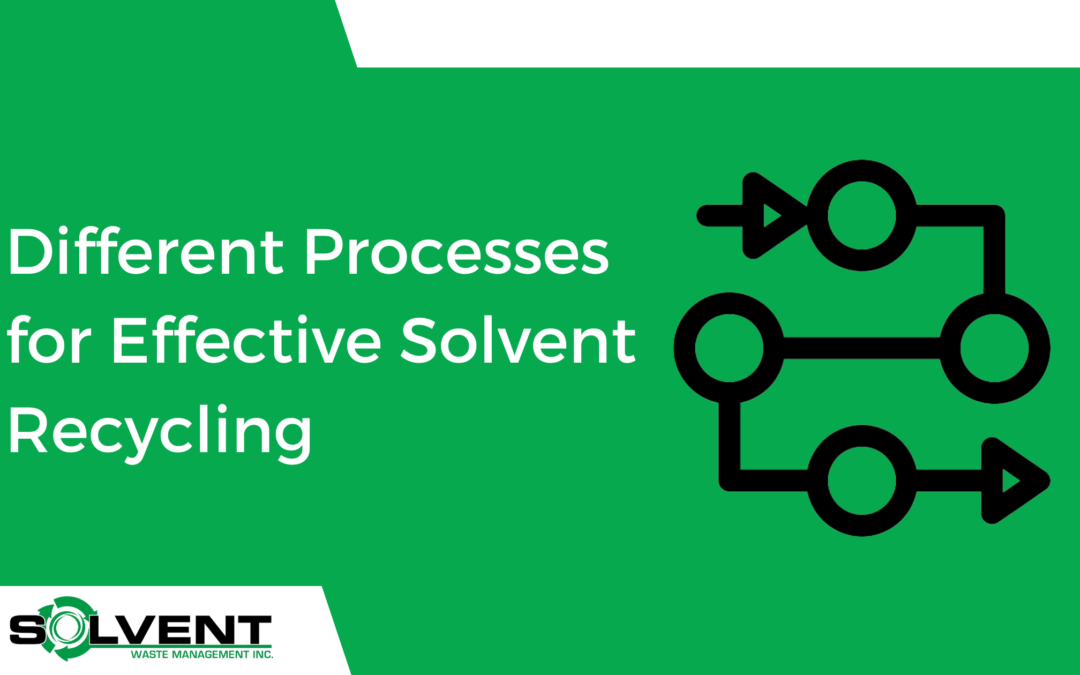Some companies find it a little tricky to understand the concept when it comes to solvent recycling. For them, it is the process where they have to spend money to get some benefits. Perhaps, they do not understand the procedure, the nature of their solvents, and the different methods for recycling them.
With advancements in tools and technologies, new methods are getting to the surface to help companies recycle their solvents. But why is there increasing hype around recycling solvents?
Why is it necessary?
If you have not given thought to or gone through different procedures, then this blog will help you understand what solvent recycling is, how it can benefit any size of the industry, and what different methods you can use to recycle your solvents.
So, let’s take a look at what is there to unfold.
What do you mean by solvent?
Solvents are volatile compounds used alone or in combination with other solvents or agents. These are heavily used in small or large industries for dissolving raw materials, products, or other waste materials. Some common examples are cleaning agents, viscosity modifiers, surfactants, preservatives, or other substances that remain even after the solvent evaporates.
Today, industries are using solvents on a large scale. However, not a single industry but has been all over the industrial sector, such as car manufacturing, synthetic fibers, paints, paper, inks, glass, polyurethane, metal laminates, lubricants, and additives, etc. some examples of the pharmaceutical industry, laboratories, printing processes, and graphic arts and others.
Why do solvents need to be recycled? Why are companies focusing on recycling methods?
The emission from using these solvents are left in the environment, which can have an adverse effect on people’s health. Thus, these solvents need to be treated.
But how?
Different processes will help you recycle these solvents and reduce their environmental impact. Recycled solvents can be further used for other purposes as you get the base material back.
Different methods to recycle your solvent
As you know, different solvents are available that are combined with different materials based on their composition and the material with which they are dissolved. Thus different solvents require different methods to get recycled.
To make the solvents useful again for the industries, every industry tests and assesses their solvents’ recoverability. Let’s see what different methods are available.
- Using membrane technology to separate the desired solvents.
These nanofiltration membranes chemically do not have an effect on several organic products, such as alkanes, aromatic compounds, alcohols, ethers, and others.
Using this technology to separate the contaminated mixtures (industrial waste) and organic solvents by keeping them at low temperatures and carrying out fractionation operations. You can use it as a standalone process or in combination with other separation operations, such as distillation, extraction, and absorption).
This method is highly used to refer to solvents with susceptible temperatures or high economic value.
- Multi-stage adsorption
This method uses an adsorption tower filled with activated carbon and a desorption tower. This method is suited to specific solvents that can be easily recovered and concentrated.
This method is highly efficient, providing 95 percent results. But, the result depends on the solvent’s concentration, mixed pollutants, and temperature.
Nitrogen gas is used for the desorption tower to recover the final solvent. Also, instead of using activated carbon, you can use polymeric adsorbents.
- Distillation.
You might have heard of it in your classes. It is the easiest and most practical way of recovering solvents. The waste is transferred to a vacuum to reduce the boiling temperature and heat to complete the distillation process.
You can adjust the temperature and vacuum pressure based on the contamination level, making it easier to recover the solvent. The main reason for its popularity is its practicality. Thus it is getting more preferred over other methods.
After you select what type of recovery method you want to use. You can choose whether you want to conduct the recovery at your site or on the third party’s site.
But what benefits it brings with them to the industry? Let’s see what the benefits are there of recovering the solvents.
Benefits of solvent recycling
There are several benefits of recycling solvents, whether you are doing it on-site or using a third-party help to do the same for you.
- Recycling solvents will help any size of industry to have a negative impact on the environment. As the emission and disposal are low.
- It will help reduce the cost of purchasing new solvents for manufacturing. By recycling, you will get the solvents back that can be further used in the process.
- Also, it will help circulate the industry’s economy and create more roles.
- Recycling will help industries adhere to the government’s rules, regulations, and compliance. To keep the closer environment clean and green.
- The industries will also save disposal costs by introducing an effective recycling process. There will be no transportation cost in transferring the waste to the disposing site.
- It also helps industries to provide a better working environment for their workers, reducing healthcare costing.
Conclusion
Industries are using different solvents globally, emitting harmful substances into the environment. Thus, reducing its impact, recycling has been widely adopted by all industries. With different natures and compositions of solvents, different methods are feasible for recovering solvents.
Industries implement different recycling processes as per their requirement and consider the composition of solvents. Looking at the overall scenario, recycling solvents is beneficial from an industrial and environmental perspective.
If you are looking for a recycling machine that can recycle your solvents, then we are the best option in the market, offering affordable products.
About Solvent Waste Management
Since 1994, Solvent Waste Management, Inc. has assisted many companies in a variety of different industries not only improving their operations but also reducing costs.
Solvent Waste Management Inc. designs and manufactures solvent distillation equipment that cleans contaminated solvents, allowing users to restore and continuously reuse solvents – thereby saving money on the cost of disposal and the cost of new solvents.

Model SW8 Solvent Recovery System
Model SW30 Solvent Cleaning Machine
Model SW55 Solvent Recycler Machine
Model SW70 Solvent Recovery Equipment
Solvent Waste Management designs and manufactures solvent recycling equipment that cleans contaminated solvents in such a way that the customer can reclaim and reuse solvents again and again, thus saving on both the cost of solvent disposal and the cost of new materials.

